Dolina Samaipaty pierwotnie byla zaludnona przez ludy Chane i Majocoyas (VIII – XIV w.). Plemie Chane znane bylo glownie z rozwinietego rolnictwa, gestego osadnictwa oraz dekorowanej symbolami graficznymi ceramiki. Jednak jego najwiekszym osiagnieciem byla konstrukcja ‘El Feuerte’ niedaleko dzisiejszej Samaipaty. Nazwa ‘Forteca’ nie ma jednak nic wspolnego z oryginalna funkcja tego miejsca, ktore w rzeczywistosci bylo osrodkiem kultu.
W XV w. Inkowie weszli w pakt z ludem Chane i zbudowali miasto u podnozy swiatyni. Miejsce to stalo sie waznym punktem handlu Inkow oraz ‘miejscem odpoczynku’ podczas ekspansji na Poludnie. W polowie XV w. El Fuerte bylo czesto najezdzane, a w koncu podbite przez wojownikow Guarani – ‘Chiriguanos’, ktorzy dzierzyli te tereny az do czasow kolonialnych.
Na poczatku XVI w. Hiszpanie ufundowali miasteczko Samaipata, ktora stala sie punktem laczacym Vallegrande i Santa Cruz. El Fuerte sluzylo w czasach kolonialnych jako forteca oraz magazyn, a jego funkcja sakralna zostala bezpowrotnie zniszczona.
Dzis El Fuerte, ktore zajmuje poczytne miejsce na liscie UNESCO, jest podzielone na dwie czesci – sakralna i administracyjna.
Swiatynia zostala ‘wyrzezbiona’ w czerwonej skale (Roca Esculpida) i pokryta zoomorficznymi i antropomorficznymi symbolami, ornamentami geometrycznymi oraz niszami. Isnial tam rowniez rozwiniety system kanalow irygacyjnych. Dzieki niezwyklemu poziomowi artystycznemu i mysli inzynieryjnej, El Fuerte jest uwazane za jedno z najwazniejszych przed – Kolumbijskich miejsc rytualnych na swiecie.
Niestety nie wszystkie cenne ryty zachowaly sie do naszych czasow – zostaly one czesciowo zniszczone przez konkwistadorow, czesciowo zadeptane przez pozniejszych ‘turystow’. Niektore dzis sa zupelnie niezrozumiale.
Jednym z najlepiej zachowanych symboli jest puma w okraglej tarczy, symbolizujaca sile, ale rowniez, wedlug wierzen Inkaskich – ogien.
Na samym szczycie skaly wyryte sa dwa kanaly, pokryte malo dzis widocznymi zygzakami, symbolizujacymi weze. Bylo to miejsce poswiecenia ofiar zwierzecych, poniewaz w odroznieniu od Majow, Inkowie uwazani sa za lud raczej pokojowy.
Ciekswostka: Szwajcarski badacz Erich Von Daniken postawil dosyc interesujaca teze, iz owe kanaly stanowily pas startowy dla UFO, ale nikt w to raczej tutaj nie wierzy:)
W dwoch miejscach zachowaly sie zygzakowate mury Inkaskie – kolejny przyklad pieknej kamieniarki.
Nisze, wyrzezbione w scianach polnocnej i poludniowej, stanowily zas miejsce przechowywania mumii.
U zbocza monolitycznego piaskowca mozemy podziwiac takze dobrze wyodrebniona swiatynie – Templo de las Sacristias, pokryta zrekonstruowanym dachem.
Czesc administracyjna jest troche mniej imponujaca, ale rownie wazna dla zrozumienia historii tego miejsca. Na dosyc rozleglym obszarze porozrzucane sa ruiny budynkow, pochodzace z roznych okresow. Szczegolnie interesujace sa szczatki domow, rozmieszczone strategicznie na krancach gory, z doskonalym widokiem na okolice.
Nasz niezastapiony przewodnik Cecilio przyznal, ze 80% tego terenu nie zostalo jeszcze zbadanym, ziemia moze wiec kryc inne zaskakujace znaleziska archeologiczne. Jedna z najciekawszych wiadomosci, ktora udalo mi sie zapamietac (i zrozumiec:) z jego wypowiedzi byla informacja o geografcznym usytuowaniu El Fuerte na lini z innymi Inkaskimi miejscami kultu, jak chocby ‘Puerta del Sol’ niedaleko La Paz, swiatynie na jeziorze Titicaca czy Machu Pichu w Peru. Z zaciekawieniem obserwowalam tez kiedy rysowal na ziemi i wyjasnial rysunki krzyza Inkaskiego (Chacana), w ktore wpisywala sie swiatynia El Fuerte, ale niestety bylo to dla mnie zbyt skomplikowane do ogarniecia:)
O wielkim znaczeniu strategicznym El Fuerte niech swiadczy fakt jego polozenia pomiedzy tak roznymi w swojej naturze obszarami: Andow, Gran Chaco i Amazonii, a piekny teren Samaipaty byl i jest do dzis miejscem spotkan kultur i miejscem wypoczynku.
Informacje praktyczne:
* Do El Fuerte mozna dojechac taksowka z Samaipaty, ktora kosztuje 80bs. w obie strony. W tej cenie kierowca powinien czekac na pasazerow 2 godziny. Mozna rowniez ‘isc z buta’, ale 10 km, w tym czesc pod gore moze sie okazac troszke trudne:) Wazne! Kiedy pada deszcz, droga do El Fuerte moze okazac sie nieprzejezdna (piaszczysta droge przecina miejscem strumyk, ktory zamienia sie w rwacy potok).
* Bilet wstepu dla obcokrajowcow wynosi 50 bs. Milym zaskoczeniem okazalo sie to, ze jako rezydent Boliwii placilam cene dla miejscowych – 25 bs. (po okazaniu dowodu, oczywiscie:). Bilet upowaznia rowniez do odwiedzenia muzeum w Samaipacie.
*Wyprawa z przewodnikiem (70 bs. od grupy) trwa okolo 2 godzin, ale moze sie przeciagnac do 3:) Trzeba wowczas uwzglednic ‘tip’ dla przewodnika, jak rowniez dla czekajacego taksowkarza. Mozna rowniez zwiedzac ruiny samotnie z dokladna mapa, ktora dolaczona jest do biletu wstepu.
* Na ‘swietej gorze’ znaduje sie parking, toalety, sklepik z woda i przekaskami oraz stanowiska z pamiatkami. Ja skusilam sie na maly ceramiczny wisiorek z puma za 5 bs. Zastanawialam sie rowniez nad naszyjnikiem z ‘okiem tygrysa’ oraz z bursztynem kolumbijskim, doszlam jedna do wniosku, ze skoro jestesmy w Boliwii to zostane przy surowcach lokalnych:)
* Przed wycieczka nalezy zaopatrzyc sie w kapelusz ze sznurkiem (czasem mocno wieje), krem przeciwsloneczny, ciemne okulary, mocne buty (w koncu jestesmy w gorach) oraz aparat fotograficzny:) Widoki sa niesamowite! Jezeli jednak chce sie zrobic ‘profesjonalne zdjecie, nalezy wybrac sie na El Fuerte w godzinach porannych (popoludniem krajobraz staje sie metny, a niektore ryty na skale malo widoczne). Zachmurzone niebo nadaje zas temu miejscu aure tajemniczosci (nie zebym cos o tym wiedziala:)
* I w koncu, Samaipate mozna zwiedzac przez caly rok – srednia temperatura powietrza wynosi w wiecznie zielonej dolinie 20 stopni C. Trzeba sie tylko przygotowac na tymczasowe spadki temperatur w miesiacach letnich (w Boliwii zimowych), kiedy zimne wiatry wieja znad Patagonii, a temperatura moze spasc w nocy ponizej zera.
***
Samaipata Valley was originally inhabited by tribes Chane and Majocoyas (VIII – XIVth century). Chane tribe was known mainly from its agriculture, dense settlements and pottery decorated with graphic symbols. However, their biggest achievement was the construction of ‘El Feuerte’ at the top of the hill near the present-day Samaipata. The name ‘Fortress’ however, has nothing to do with the original function of the place, which was the temple.
In the XVth century, the Incas made a pact with the people of Chane and built a town at the foot of the temple. The town became an important trading point and ‘place of rest’ during the expansion to the South. In the middle of the fifteenth century, El Fuerte was invaded and eventually conquered by the Guarani warriors – ‘Chiriguanos’, who held the area until the colonial period.
At the beginning of the XVI th century Spaniards founded the town of Samaipata, which became an important point between Vallegrande and Santa Cruz. El Fuerte was used in colonial times as a fortress and a warehouse, and its sacred function was irreversibly destroyed.
Today El Fuerte, protected by UNESCO, is divided into two parts – sacred and administrative.
The temple was ‘curved’ in the red sandstone (Roca Esculpida) and covered with zoomorphic and anthropomorphic symbols, geometric ornaments and niches. There was also very developed system of irrigation. Thanks to the extraordinary level of artistic and engineering thought, El Fuerte is considered to be one of the most important pre – Columbian ritual sites in the world.
Unfortunately, not all of its important symbolic and magical rites survived to our times – being partially destroyed by the conquistadors, partly by early ‘tourists’. Some of them are today completely unintelligible.
One of the best preserved symbols is a puma in a circular mandorla, which is a symbol of strength, but also, according to Incas beliefs – a fire.
At the top of the rocks there are two channels, covered with hardly visible today zigzags, symbolizing the snakes, which were used as a place of animal sacrifice. Just for the record, the Incas are considered to be rather peaceful people, unlike the Mayan, who sicreficed humans.
Curio: according to Swiss pseudo – archaeologist Erich Von Daniken, these chanels served as a runway for UFO, but nobody in Samaipata seems to believe in his brave thesis:)
In the two places there are well preserved zigzagging Inca walls – another example of a beautiful stonework.
Well preserved niches, carved into the northern and eastern walls, were a storage place for mummies.
At a bottom of monolithic sandstone slopes we can admire the well-extracted temple – Templo de las Sacristias, covered with reconstructed roof.
Administrative part of a site is a little less impressive, but equally important in understanding the history of this place. On quite a vast area there are scattered ruins of buildings, dating from various periods. Especially interesting are the remains of houses, strategically located at the edge of the mountains, with perfect views of the surrounding area.
Our irreplaceable tour guide – Cecilio – admitted that 80% of this area has not yet been excavated, so the earth may still conceal other surprising archaeological finds. One of the most interesting news, which I managed to memorize (and understand :) was an information about the strategic geographical location of El Fuerte in line with other Incas places of worship, such as ‘Puerta del Sol’ near La Paz, the temples on Lake Titicaca and Machu Pichu in Peru. I enjoyed particularly his drawings on the ground while he was explaining the meaning of Inca cross (Chacana), connecting temple of El Fuerte with it, but unfortunately it was too complicated for me to comprehend…:)
The validity of the El Fuerte is confirmed by the fact of its position between so different in nature areas: Andes, Gran Chaco and the Amazon basin and beautiful area of Samaipata was then and is still today a ‘melting pot’ of cultures and a place of rest.
Practical information:
* To El Fuerte you can take a taxi from Samaipata, which costs 80 bs. return. This price includes 2 hours of waiting (so don’t pay in advance!). You can also go on foot, but 10 km including the uphill part, may turn out to be a little heavy on lungs :) Important! When it rains, the road to El Fuerte may be impassable (the little stream crosses sandy road, which can turn into a torrent).
* Admission for foreigners is 50 bs. I was pleasantly surprised when it turned out that as a resident of Bolivia I can pay the price for locals – 25 bs. :). The ticket also entitles you to visit the museum in Samaipata.
* Is the best to visit El Fuerte with a tour guide that costs 70 bs. for a group (you can then share the cost), but you can also go alone with a detailed map given to each ticket.
* The tour takes about two hours, but may last up to 3 :) If that happens, you’ll need to prepare a ‘tip’ for the guide, as well as the waiting taxi driver.
* The ‘holy mountain’ has parking facilities, toilets, shop with water and snacks and souvenir stands. I’ve got a small ceramic pendant with puma for 5 bs. and I was also tempted by the necklace with ‘eye of the tiger’ and other one with the Colombian amber. Thankfully (for my pocket) I came to the conclusion, that while in in Bolivia, I’ll stick to local products:)
* Before the trip you should consider getting a hat with cord (sometimes hard blows), sunscreen, sunglasses, sturdy shoes (in the end we are in the mountains) and a camera :) The views are amazing! If, however, you want to do ‘professional photography, then you should go to El Fuerte in the morning as in the afternoon landscape becomes misty, and some carvings on the rock are barely visible). Cloudy skies, on the other hand, could give the place an aura of mystery (not that I know anything about it :)
* And finally, Samaipata can be visited throughout the year – ever-green valley has average temperature of 20 degrees C. You just have to be prepared for temporary declines in temperature during the summer months (the Bolivian winter), when the cold winds blow up from Patagonia, and the temperature may fall below zero at night.

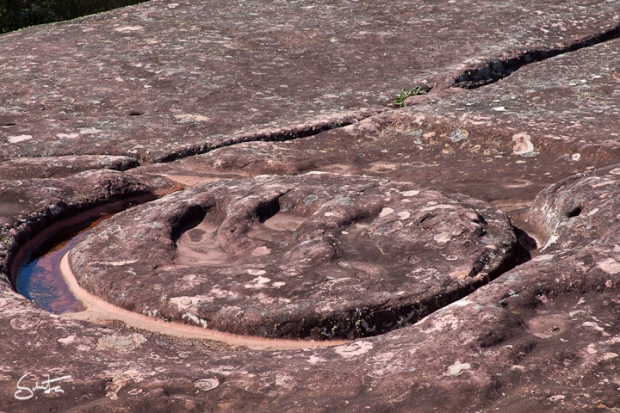





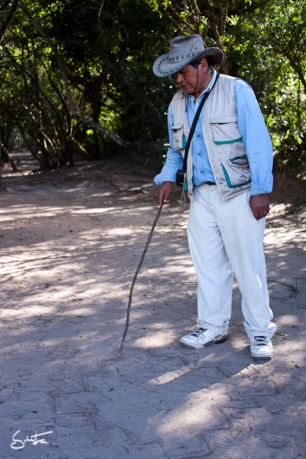

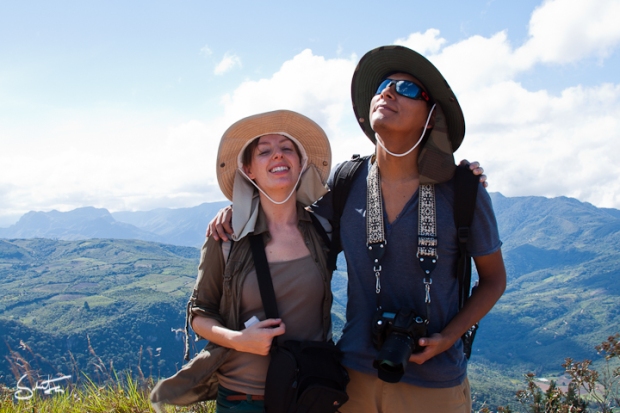
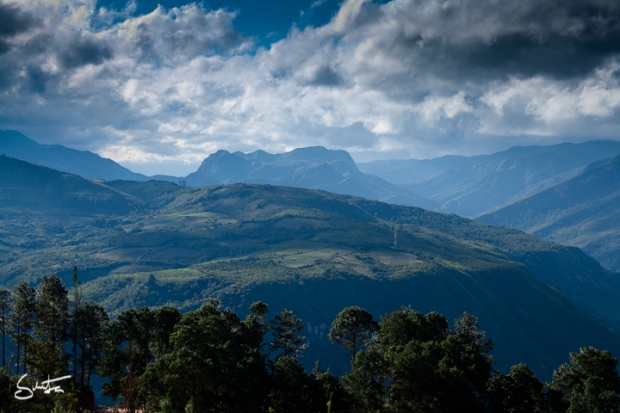
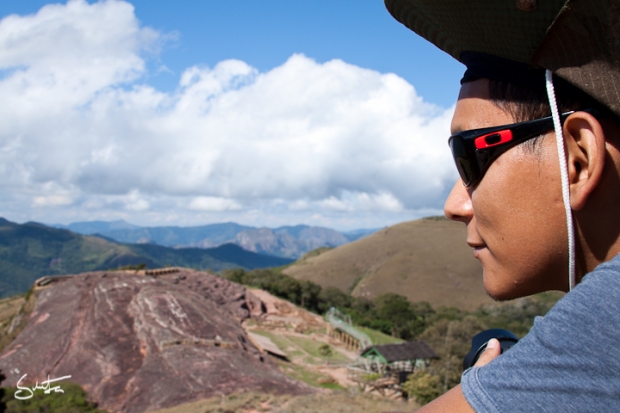
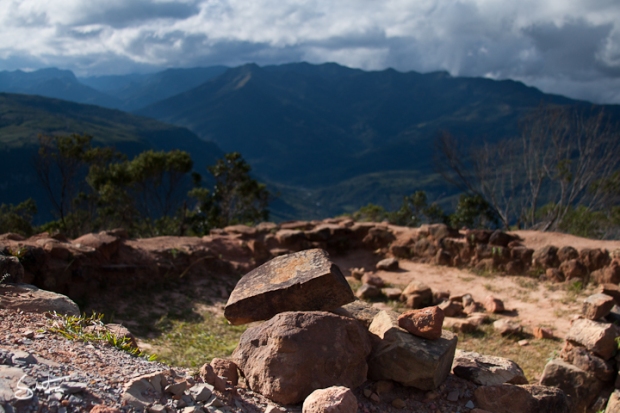
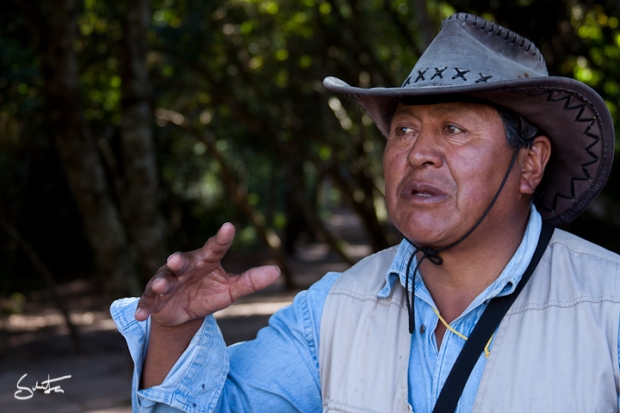


Dziekuje za zwiezly I rzeczowy opis dotyczacy Samaipata.
Mam zamiar sie tam wybrac. Pani opis bardzo mi pomogl uparzadkowac moje dotychczasowe informacje o tym miejscu.
Mam jeszcze troche pytan. W jaki sposob mozna sie z pania skontaktowac.
Ryszard
LikeLike
Bardzo sie ciesze, ze pomoglam! Prosze pisac na e-mail: danu.stawarz@gmail.com lub skontaktowac sie ze mna za pomoca strony na facebooku ‘Bolivia In My Eyes’:)
LikeLike